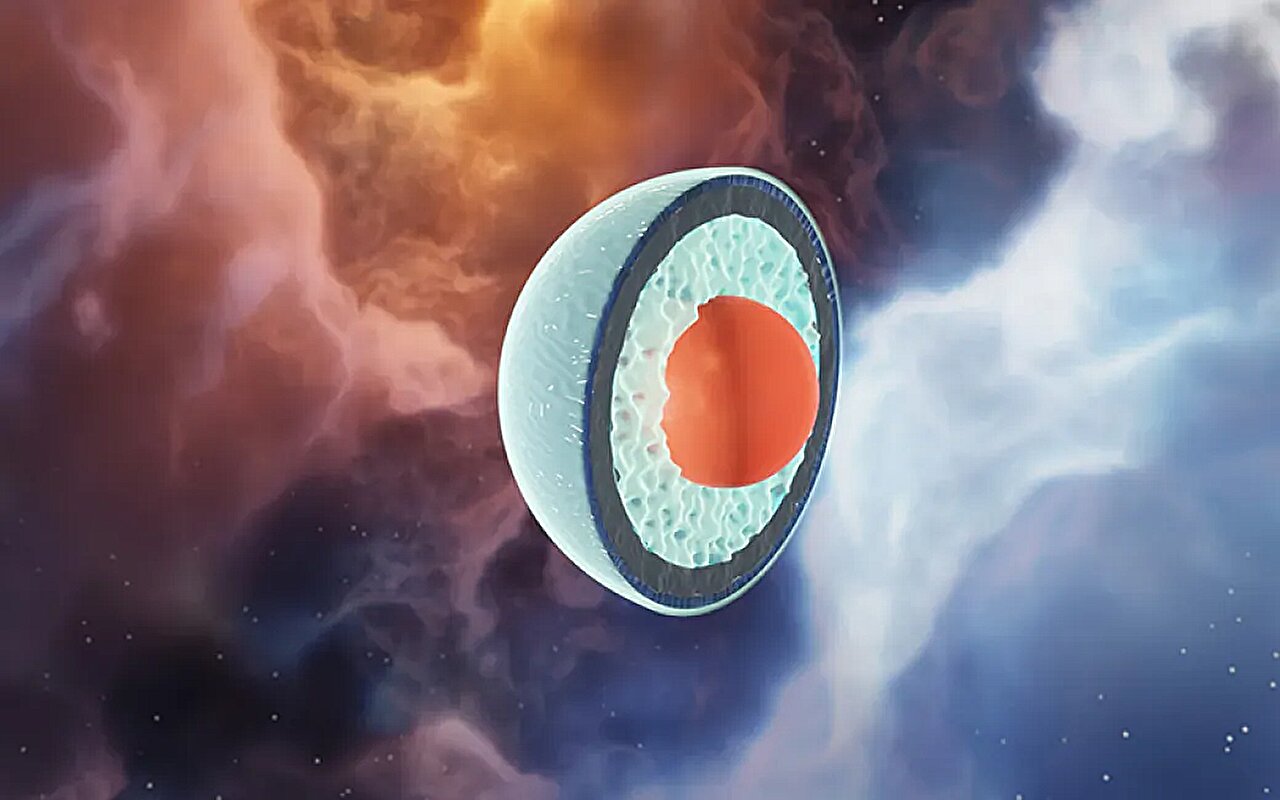Neutron-star cores contain matter at the highest densities reached in our present-day universe, with as much as two solar masses of matter compressed inside a sphere of 25 km in diameter. These astrophysical objects can indeed be thought of as giant atomic nuclei, with gravity compressing their cores to densities exceeding those of individual protons and neutrons many-fold.
“Their constituent quarks and gluons are instead liberated from their typical color confinement and are allowed to move almost freely,” explains Aleksi Vuorinen, professor of theoretical particle physics at the University of Helsinki.
In a new article published in Nature Communications, a team centered at the University of Helsinki provided a first-ever quantitative estimate for the likelihood of quark-matter cores inside massive neutron stars. They showed that, based on current astrophysical observations, quark matter is almost inevitable in the most massive neutron stars: a quantitative estimate that the team extracted placed the likelihood in the range of 80–90%.
The remaining small likelihood for all neutron stars to be composed of only nuclear matter requires the change from nuclear to quark matter to be a strong first-order phase transition, somewhat resembling that of liquid water turning to ice. This kind of rapid change in the properties of neutron-star matter has the potential to destabilize the star in such a way that the formation of even a minuscule quark-matter core would result in the star collapsing into a black hole.
The international collaboration between scientists from Finland, Norway, Germany, and the US was able to further show how the existence of quark-matter cores may one day be either fully confirmed or ruled out. The key is being able to constrain the strength of the phase transition between nuclear and quark matter, expected to be possible once a gravitational-wave signal from the last part of a binary neutron-star merger is one day recorded.
2023-12-28 14:00:04
Post from phys.org rnrn
